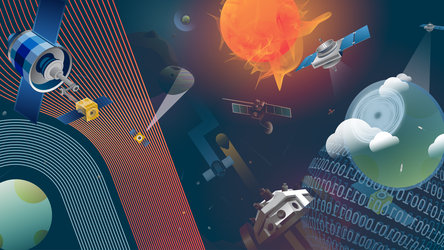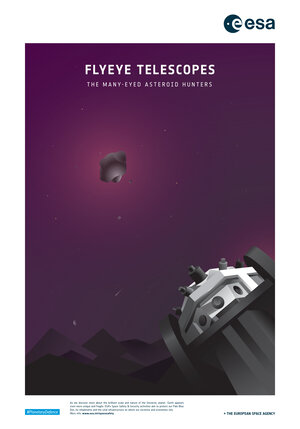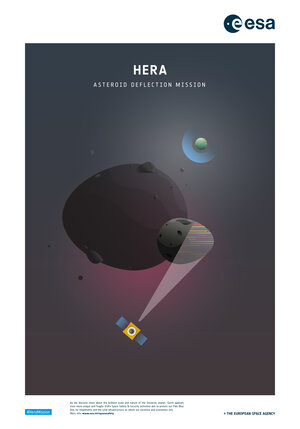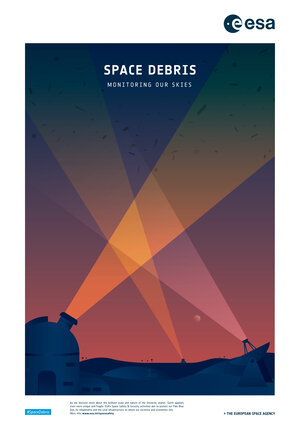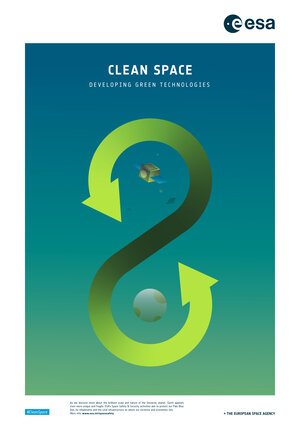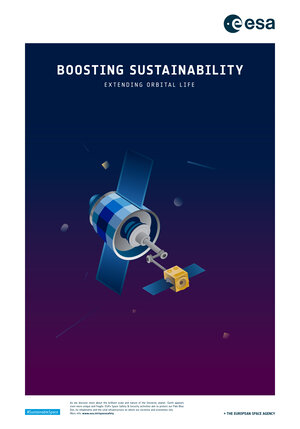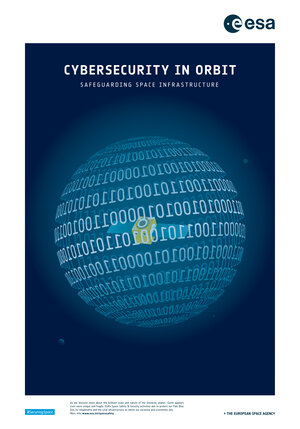Plans for the future
As we discover more about the brilliant scale and nature of the Universe, planet Earth’s blue oceans, green forests and glistening city lights appear even more unique, and even more fragile.

Many hazards have been identified originating in space, which although unlikely, continue to pose real dangers to our way of life, and in the worst cases to human health and safety.
Only in the past decades have we had the opportunity to understand the potential perils of our position in our Solar System, and as technologies continue to advance we are entering a period in which we can actually act.
However, as technologies advance, so too does our dependence on them, making us more vulnerable to both human-made and natural threats to this critical space infrastructure.
Space Safety
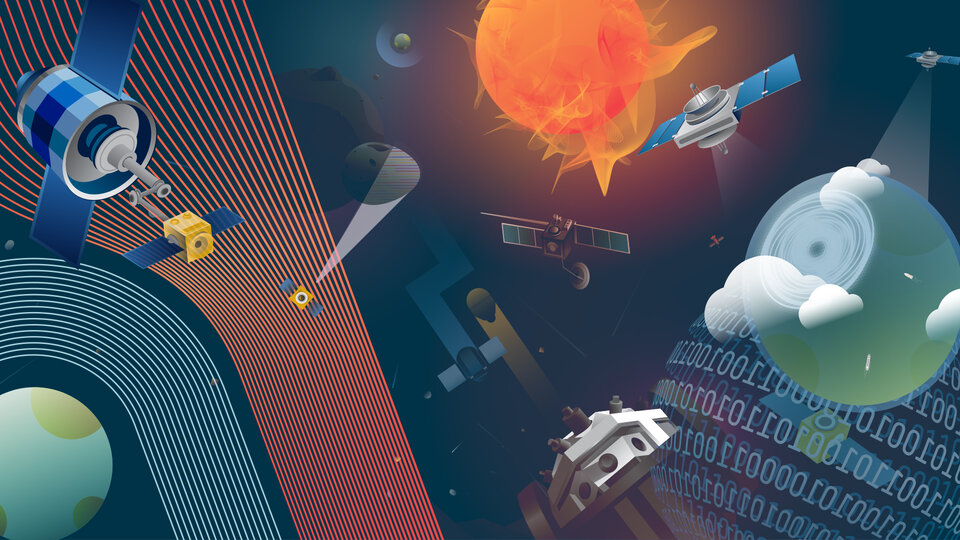
ESA’s Space Safety programme aims at mitigating and preventing the effects of hazards from space, protecting our Pale Blue Dot, its inhabitants, and the vital infrastructure − like satellites in orbit and power grids on the ground − on which we have become so dependent.
Living so close to an active star, in a Solar System filled with ancient and fast-moving space rocks, on a planet that is becoming increasingly surrounded by discarded satellites and their debris, comes with a plethora of possibilities for something to go wrong.
On Earth, we also continue to face challenges from a changing world, be it climate, population changes and technological development.
ESA is in a unique position, with the cooperation and support of 22 member states, to coordinate the data and information needed to understand, and respond to threats originating in space and on Earth.
Space weather

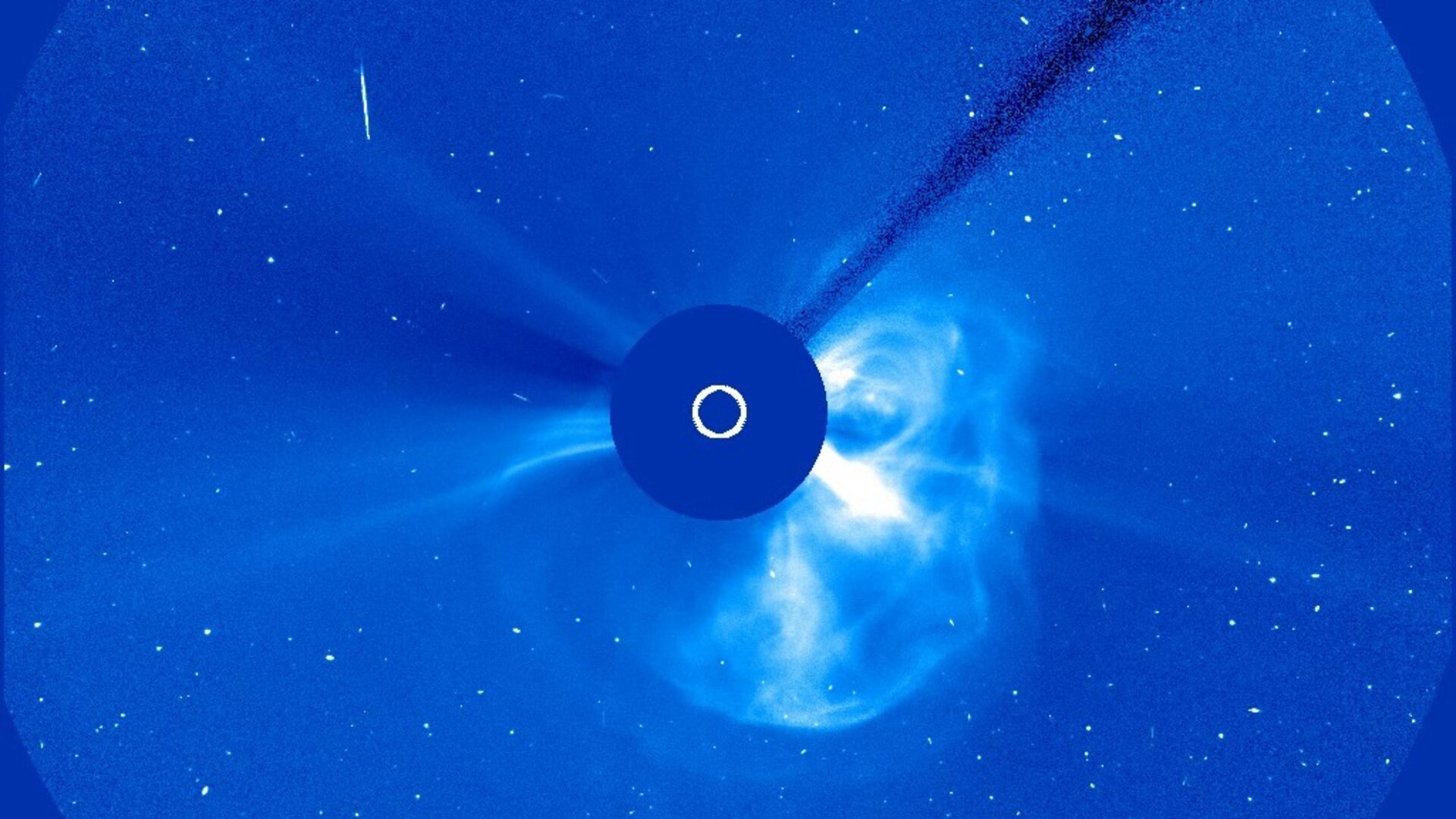
Access the video
– ESA’s space weather vision
By 2030, Europe should be able to protect vital infrastructure in space and on the ground from extreme space weather events, ensuring societies are resilient to threats from our Sun
- ESA will develop a European space weather monitoring system, which will include
- The Lagrange mission: A dedicated space weather monitoring spacecraft, located at the fifth Lagrange, obtaining an excellent ‘side view’ of the Sun
- Small satellites in orbit around Earth with space weather monitoring payloads
- Space weather ‘piggyback’ missions – monitoring instruments will be flown as ‘hosted payloads’ on European telecom, Earth observation and other missions
- Robust networks of space weather sensors on ground
- The European Space Weather Service Network will process space weather data and provide analysis of the severity of space weather events
- Enhance ESA’s Space Weather Coordination Centre’s ability to provide warnings, alerts and tailored space-weather information to European users such as industry
- Continue improving, developing and validating space-weather models and capabilities to provide ‘nowcasts’ and ‘forecasts’
- Continue analysing the sensitivity of European infrastructure to space-weather effects
- Develop and test emergency protocols with European civil authorities to improve resiliency to space weather events
- Increase space weather hazard awareness in Europe
Risky asteroids


Access the video
– ESA’s vision of planetary defence
By 2030, Europe will be a fundamental contributor of a global planetary defence system, capable of providing early warning of dangerous asteroids larger than 40 m in size, about three weeks in advance, and able to deflect asteroids smaller than 1 km if known more than two years in advance:
- ESA’s planned Hera mission will be humankind’s first probe to rendezvous with a binary asteroid system – a little understood class making up around 15% of all known asteroids. As part of the international double-spacecraft mission called AIDA, NASA will first crash its DART spacecraft into the smaller of the two bodies, modifying its orbit around the primary asteroid, ‘Didymos’, by a tiny amount. Hera will then follow-up with a detailed post-impact survey that will turn this grand-scale experiment into a well-understood and repeatable planetary defence technique.
- Every night, ESA’s planned network of Flyeye telescopes would scan the skies for rogue rocks, automatically flagging any that could pose an impact risk and bringing them to the attention of human researchers. Similar to the technique exploited by a fly’s compound eye, these bug-eyed telescopes split each image into 16 smaller subimages, increasing the total amount of sky that can be observed and expanding the ‘field of view’.
- ESA’s Near-Earth Object Coordination Centre will continue to be the central access point to a network of European asteroid data sources and information providers.
- Deploy a new in-space satellite to detect asteroids coming from the direction of the Sun, the daytime side of Earth, which cannot be seen from the ground, e.g. the Chelyabinsk object of 2013
Space debris
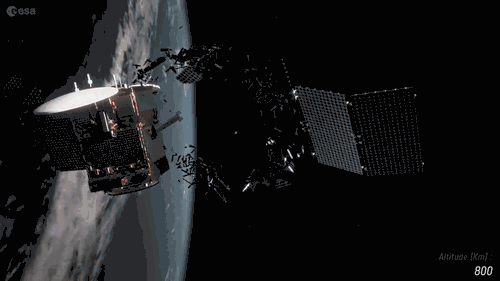
– ESA’s response to space debris
By 2030, Europe, in a global effort with partners worldwide, will have a vibrant fleet of spacecraft in orbit around Earth, resilient to the hazards of space debris. We will be capable of monitoring and safely managing the traffic in our ‘sky-ways’, capable of removing and avoiding debris, understanding and assessing risks, and able to applying end-of-life measures for sustainable use of space in an economically-viable way:
- ESA will enable the safe operation of individual satellites and large constellations by developing and demonstrating an Automated Collision Avoidance System, free from causing damage.
- ESA will support the monitoring and safe management of space traffic and the application and verification of the necessary debris mitigation measures according to internationally agreed guidelines, standards and best practices
- ESA’s Space Debris Office will continue to assessing, model and mitigate the risks due to debris and reentries
Through development of new sensor and monitoring technology for radars, laser ranging and optical space surveillance, based in orbit and on ground, to include ‘piggyback’ hosted payload and smallsat options
Clean space
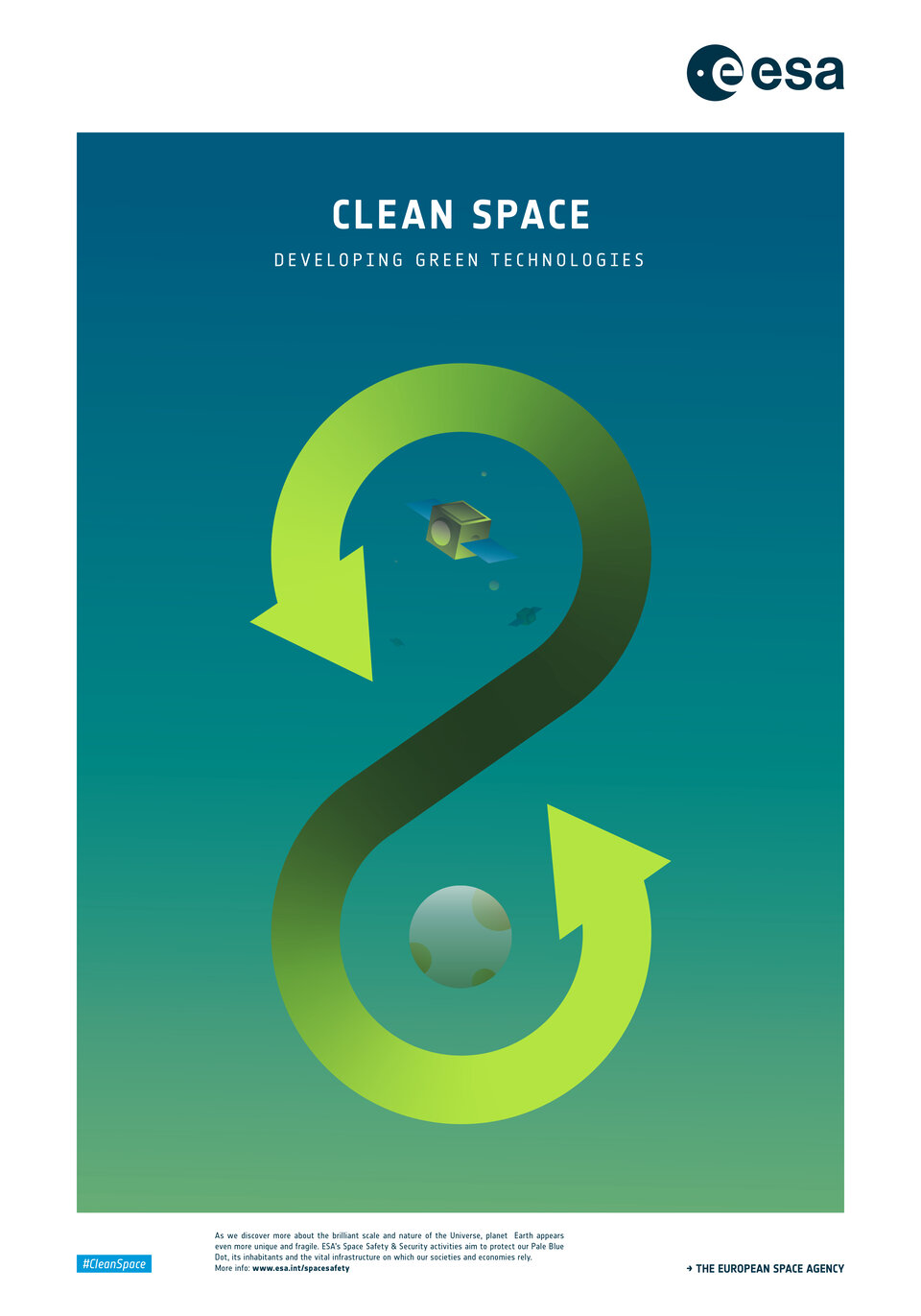
– ESA’s plans for a clean space
Through its Clean Space initiative, ESA is pioneering an eco-friendly approach to space activities. On the ground, that means adopting greener industrial materials, processes and technologies. In space, it means preserving Earth’s orbital environment as a safe zone, free of debris.
- Active Debris Removal/In-Orbit Servicing: ESA will develop a new ‘Swiss Army knife’ of a mission – an ‘In Orbit Servicing Vehicle’ (IOSV) that will perform a variety of roles in orbit, vitally including the ability to safely de-orbit satellites at the end of their lives. The new vehicle will also be able to refuel satellites, manoeuvre them and ultimately demonstrate the technologies needed to extend the lifespan of missions from space.
- With the In-Orbit Servicing Vehicle, ESA will spark off a valuable new business model for European industry that will go a long way toward mitigating new space debris and ensuring the long-term sustainability of spaceflight.
- ESA’s CleanSat initiative is working to reduce the production of space debris – which includes reducing the amount of mass put into high density debris regions such as low-Earth orbit and geostationary orbit, developing technologies with consideration of the end of their lives in ‘design for demise’, and promoting end-of-life passivation – emptying the tanks and discharging the batteries of satellites to prevent debris producing explosions.
ESA’s EcoDesign initiative is designing to address environmental impacts and foster green technologies through the establishment of a common eco-design framework for the European space sector.
Secure space
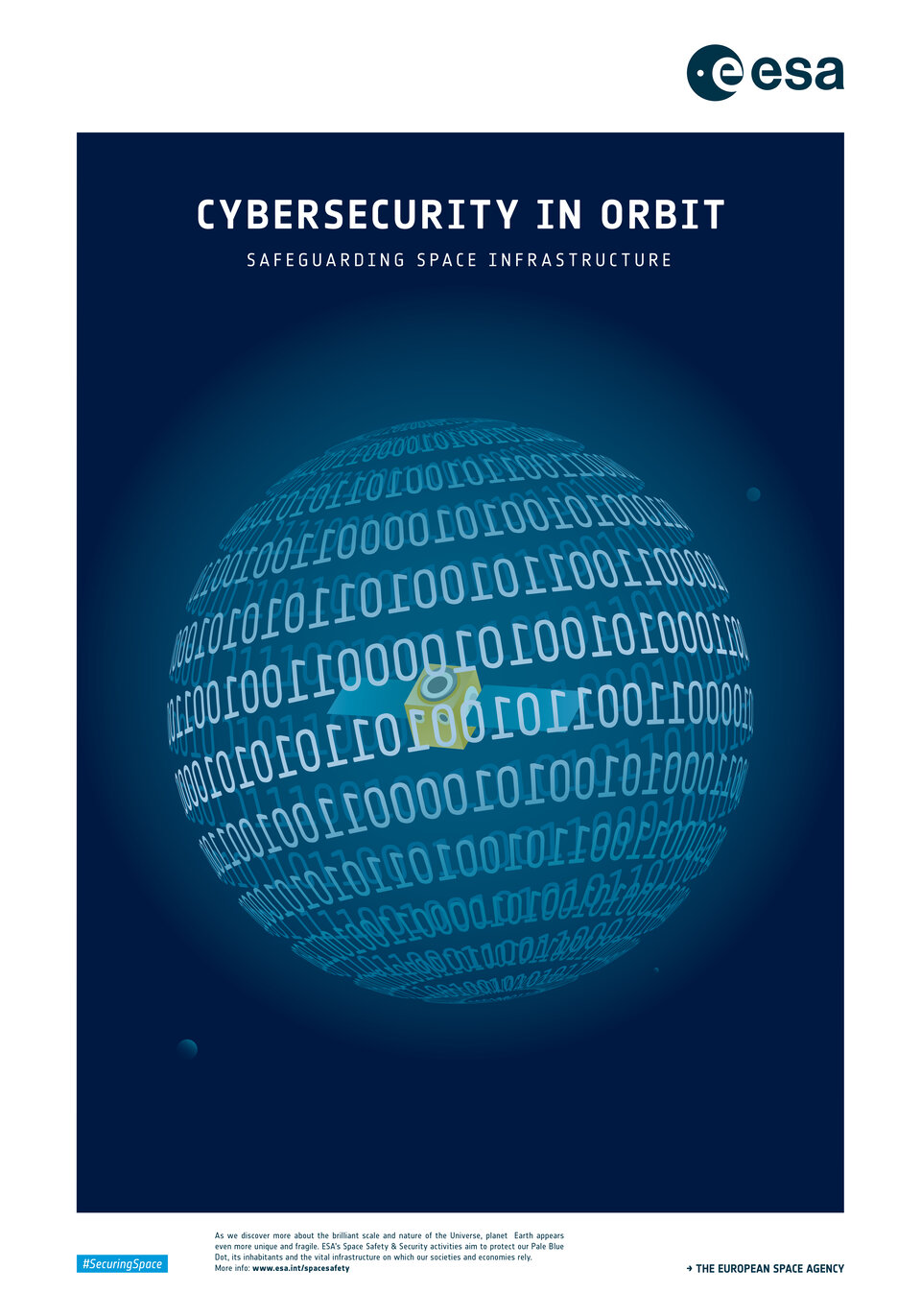
– ESA's plans to safeguard space infrastructure
As of 2019, more than 1500 active satellites are in orbit around our planet, providing an enormous range of vital services, like navigation, telecommunication and internet access.
Because of the important role of space technologies now and in the future, ensuring their safety and resilience is critical for civil society. This includes not only protecting space infrastructure from space-based hazards, but also understanding the cybersecurity threats from Earth.
In recent examples, ground control systems for a number of NASA satellites were infiltrated and breached, while an ESA ground station experienced a so-called ‘Denial of Service’ attack aimed at rendering it unable to relay data. Fortunately no lasting damage was caused by these cyber-attacks, but these and other incidents highlight the importance of ensuring critical space systems do not fall victim to those with evil intent.
Safe in space
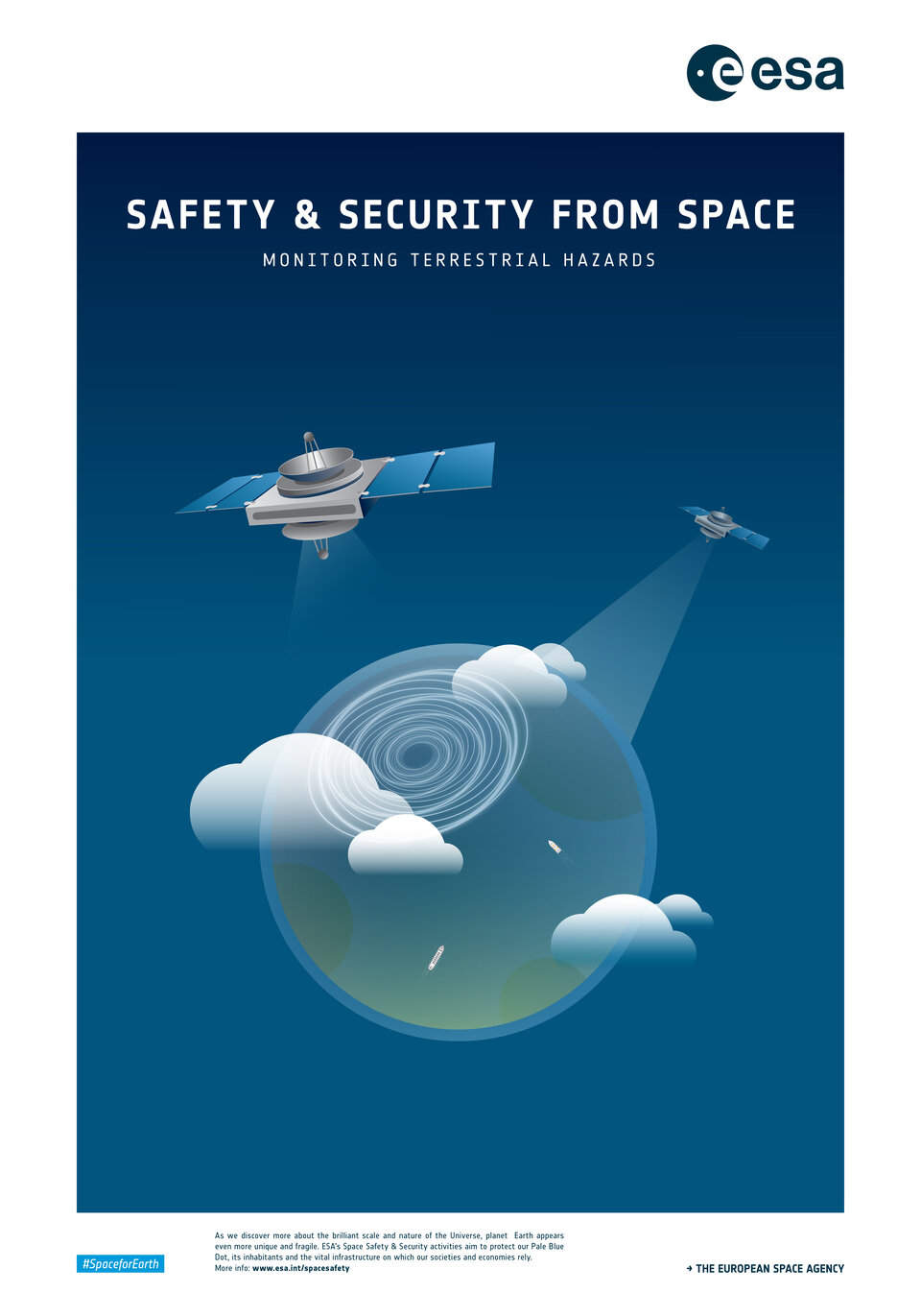
– How space technology can and will help in our response to terrestrial hazards
Massive global changes are sweeping across the planet and these are expected to continue, from migration, demographic shifts and conflict to natural disaster, food shortages and climate change.
These challenges can be addressed, in part, in space. Reliable information, fast and up-to-date data, applications and secure communication services are of great importance to understanding and reacting to these calamitous shifts, ensuring international coordination and keeping emergency services, national and regional governments and other civil organisations informed, connected and secure.


